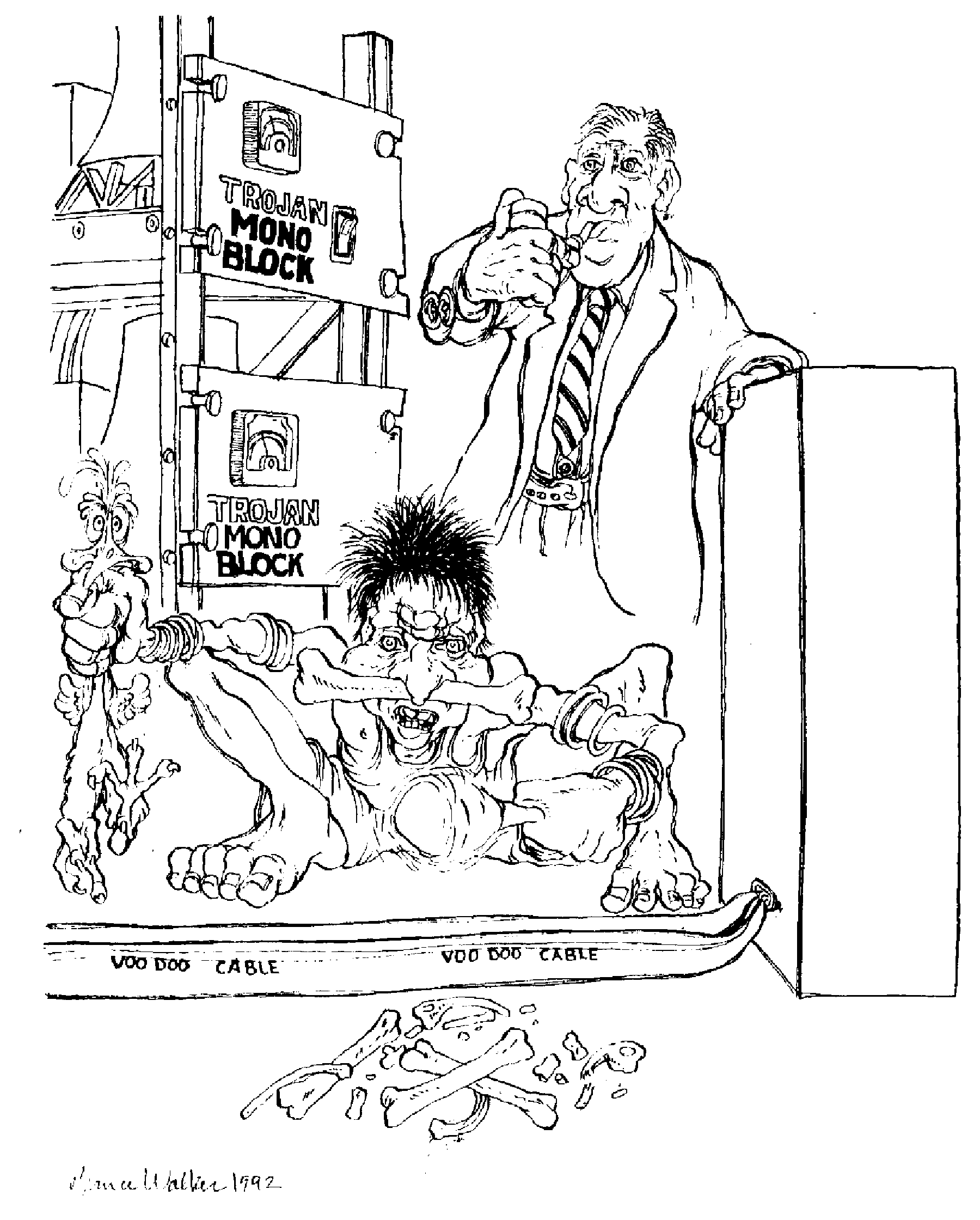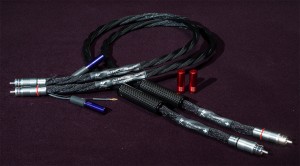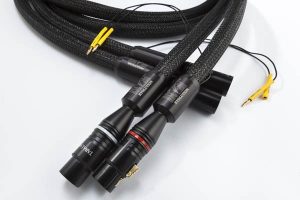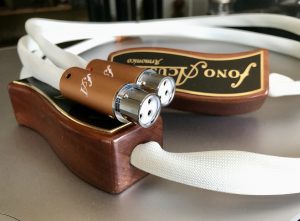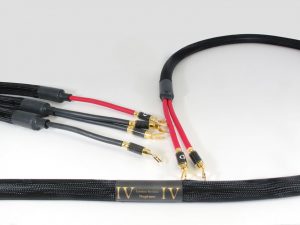Roger Skoff writes about incremental improvements and value
Is there anyone out there who doesn't know that, in addition to writing these articles, I also own a cable company? (RSX Technologies, for those who don't.) Positive Feedback, and I, and every other publication that I've ever written for, have all gone to great lengths to make sure that people know that I design cables, and that I do believe in them as functioning components of any sound system. That's so readers, knowing that "up front," can guard themselves against anything I might say that might seem biased or self-serving.
Take that warning again, now. I am a cable designer and I would like to sell you cables for your system. But I'm not about to lie to you to do so, and I certainly don't think you're unwise enough to run out and buy something for your system without first having auditioned it, to make sure that whatever claims might have been made for it are true.
And that finally gets us to the beginning of this article.
I was talking the other day with the publisher of an important on-line audio publication about the new cables that my current company, RSX, is about to release. (My previous company was XLO.) He had just kindly offered to run press releases for my new products in his magazine even though, in his personal belief, much about high-end cables is (his word) "voodoo," and cables, despite what some of their manufacturers or designers might say, are not (his words again) "game changers."
First, bravo to him! It takes courage, generosity, and a real sense of fairness to make for an open forum on something you don't personally believe in.
Second, what he said got me thinking: "What is a "game changer"? Even though I and hundreds of thousands—or even millions—of other serious audiophiles, manufacturers, and reviewers DO believe that cables, good or bad, make an important and clearly audible difference to the sound of a system, do they really "change the game"?
The only real answer to that is "Yes, no, and maybe."
Do you remember what a shirt pocket transistor radio was? It was a little, usually AM, radio that you could carry around with you to enjoy news or music wherever you went—sort of like a modern cell phone, but not a phone and not as good. Although the sound was pretty awful, even if you used the (often single) earphone that came with it, if you listened to music on it, you could still usually understand at least the majority of the words the artist was singing.
At the other end of the scale, there are now High-End audio systems that cost a million dollars or more, are housed in acoustically perfect, expert-designed rooms, that use the very latest state-of-the-art components and speakers, and that can reveal even the tiniest sonic detail. And, do you know what? If you play the same song on a transistor radio and on one of those infinitely better and more expensive High-End systems, the words will be exactly the same!
So, does changing the playback system "change the game"? It depends on what you think the game is. If, like some people—most often women (which is why many believe there are so few female audiophiles)—the words are the most important thing to you, it may not. If, on the other hand, you are an audiophile, and the sound is what counts, the difference may be huge.
Even just going from a shirt-pocket radio to a "boombox" will make an important difference. You'll start to hear the "back-beat", at least down to the mid-bass region, and you'll start to be able to tell which and how many (at least to the degree of "a few" or "a lot") singers or instruments are performing. Going to a simple home stereo system instead of even the best boombox will start to give you basic spatial information (Right, left, center), and the better you get, the more information—and the more kinds of information—you'll get.
What we've found in High-End audio is that everything makes a difference, and that differences are not only cumulative but sequential. Think of the old saying about the weakest link in a chain, and you'll know what I'm talking about. Think, also, about that same weak link in a different way and you'll know what I mean about "sequential." That weak link makes no difference at all to the usability of the chain as long as the load placed on the chain never exceeds the strength of that one weak link. Once it does, though, the chain is destroyed.
Back in the days before stereo, "imaging" (a representation of the exact size, shape, and relative lateral position of the sound source or sources) was impossible, so the fact that none of the loudspeakers was designed to be "time-aligned" and thus capable of good imaging, was utterly irrelevant. There was no such retrievable information on the records, anyway, so what did it matter?
With stereo came not only imaging but "soundstaging"—a sonic representation of the size and shape of the musical venue and of the relative position of each performer within it—and finally, with really good High-End stereo, the game did change. Instead of music simply being something to listen to as background or entertainment, a good system, well set-up in a good room, became a magic carpet capable of not just bringing music to you, but of making you feel as if you had been transported from your listening room to be with the performers at the actual time and place where the music was being made.
Think of it as being like a lock and a key. Just as many different keys will all fit into a particular lock but only one will actually turn the cylinder and open it, so does High-End audio realism work in very much the same way.
Whether the lock opens or not depends not on either the lock or the key, itself, but on very small ridges and indentations in the detail of both that must fit together perfectly in order to work. Beyond the boombox stage, almost any playback system will make decent sounding music, but get it all to snap into focus—to make the difference from "almost" to "actual;" to, in short, "change the game"—seems to happen almost suddenly: Like the ridges on lock and key finally getting close enough to perfectly matched so that the key can be turned, and the lock finally opened.
Cables, like finally getting your speakers perfectly positioned, or getting the VTA ("Vertical Tracking Angle") or SRA ("Stylus Rake Angle") right on a phono cartridge, are clearly audible small changes that can make clearly audible big differences—that can—if all else is done right—actually "change the game." And, even if they don't in any particular system, in any particular room, on any particular recording, getting better cables can still make enough of a sonic difference to offer the biggest "bang for the buck" change—improvement per dollar spent—possible at just about any price point.
And that, in itself, can be a game changer.
Photograph and image processing by David W. Robinson; drawing by Bruce Walker.







